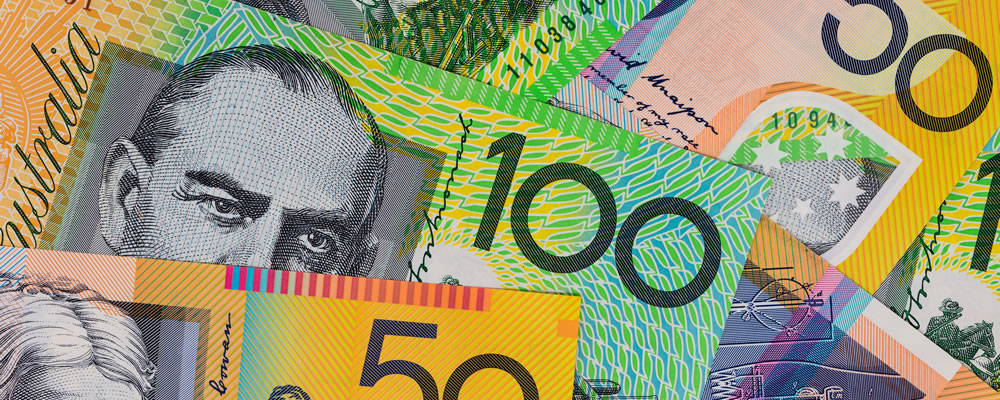In spite of the sharp uptick in Eurozone inflation the Euro Australian Dollar exchange rate has struggled to hold onto a stronger footing.
- Stronger commodity prices helped to shore up Australian Dollar – Risk appetite remained high at start of year
- Eurozone Consumer Price Index surprised to the upside – Signs of rising inflation could encourage ECB hawkishness
- Australian Services PMI unexpectedly bullish – EUR AUD exchange rate hampered by sign of economic strength
- US Non-Farm Payrolls report in focus – Weaker labour market could boost ‘Aussie’ on hopes of slower Fed policy tightening
While recent Eurozone data has proven positive the EUR AUD exchange rate may struggle to make particular gains, given the persistent risk-on sentiment of markets.
Euro (EUR) Outlook Boosted by Rising Eurozone Inflation
Robust demand for higher-yielding currencies saw the Euro Australian Dollar (EUR AUD) exchange rate trending sharply lower, failing to benefit from the softness of the US Dollar (USD). Hopes of increased infrastructure investment in the US continued to support higher base metal prices, shoring up the commodity-correlated ‘Aussie’ (AUD). Signs of strength in the Chinese economy also boosted the appeal of the antipodean currency, even though a fair degree of uncertainty still dominates the global outlook for the coming year.
Confidence in the Euro (EUR) was encouraged by an unexpectedly improved raft of Eurozone Services PMIs, which pointed towards greater resilience within the domestic economy. Another upside surprise came from December’s Eurozone Consumer Price Index as inflationary pressure was found to have risen to 1.1% on the year. This was seen to raise the prospect of the European Central Bank (ECB) taking a more hawkish view on monetary policy sooner rather than later, prompting a modest EUR AUD exchange rate rally.
EUR AUD Exchange Rate Trended Narrowly after Robust PMIs
The positive outlook of the Eurozone economy was further reinforced by an improved German Construction PMI, which pointed towards strong sector growth at 54.9. This furthered the impression that the currency union remains in good economic health, even if domestic political headwinds remain rather negative. As a result the Euro trended higher across the board, particularly after the latest raft of Eurozone Retail PMIs edged back into growth territory.
However, the EUR AUD exchange rate was dented on Thursday morning by a better-than-expected Australian Services PMI. Contrary to forecasts the index rose from 51.1 to 57.7, an encouraging sign of the ongoing rebalancing of the Australian economy. This stronger showing improved the appeal of the ‘Aussie’, although general risk appetite declined in response to the latest Federal Open Market Committee (FOMC) meeting minutes. With the Fed expected to tighten monetary policy further over the coming months the Australian Dollar softened, to the benefit of the EUR AUD exchange rate.
Australian Dollar (AUD) Forecast to Strengthen on Lower US Employment
Ahead of the weekend the Euro could come under renewed pressure if Germany’s factory orders figures prove disappointing. In spite of the strength of the recent raft of Eurozone data the mood towards the single currency remains somewhat muted, in large part thanks to concerns over Italy’s future. Although ecostats have been positive investors continue to doubt the ECB’s willingness to begin tapering its quantitative easing program. As Lee Hardman, currency analyst at MUFG, noted:
‘[Inflation] is expected to pick up only gradually in the year supporting the ECB’s recent decision to extend QE until the end of the year. The continuation of the ECB’s loose monetary policy stance should remain a weight on the Euro for most of this year.’
Volatility could be in store for the Australian Dollar, meanwhile, with the release of the US Non-Farm Payrolls report. If the unemployment rate is found to have risen from 4.6% to 4.7% as forecast this could increase demand for the higher-yielding ‘Aussie’. A weaker labour market could reduce the Fed’s motivation to raise interest rates, even if the negative US Dollar impact of a dip in employment is still likely to be relatively limited.
Current Interbank Exchange Rates
At the time of writing, the Euro Australian Dollar (EUR AUD) exchange rate was trending narrowly around 1.43, while the Australian Dollar Euro (AUD EUR) pairing was on an uptrend at 0.69.



